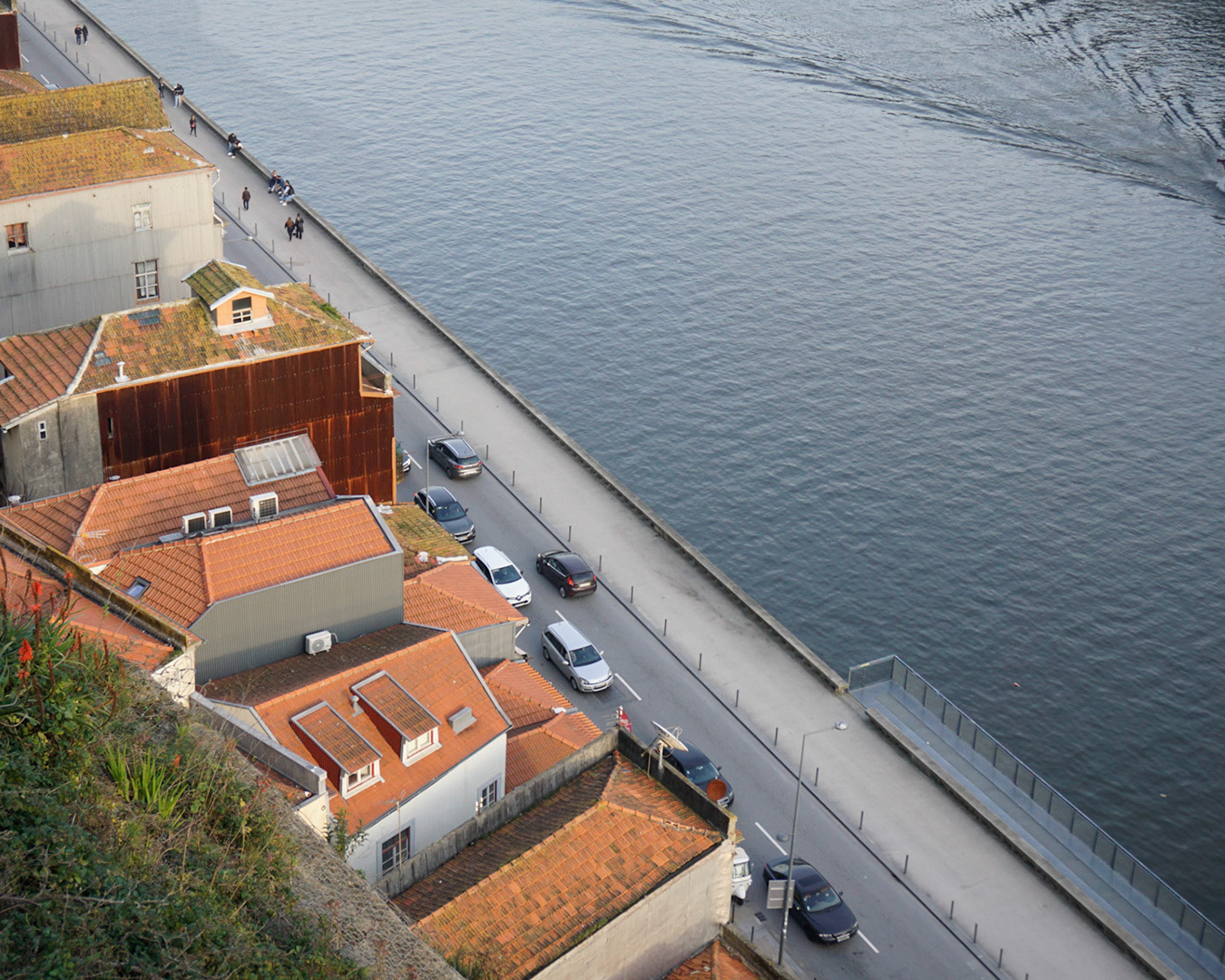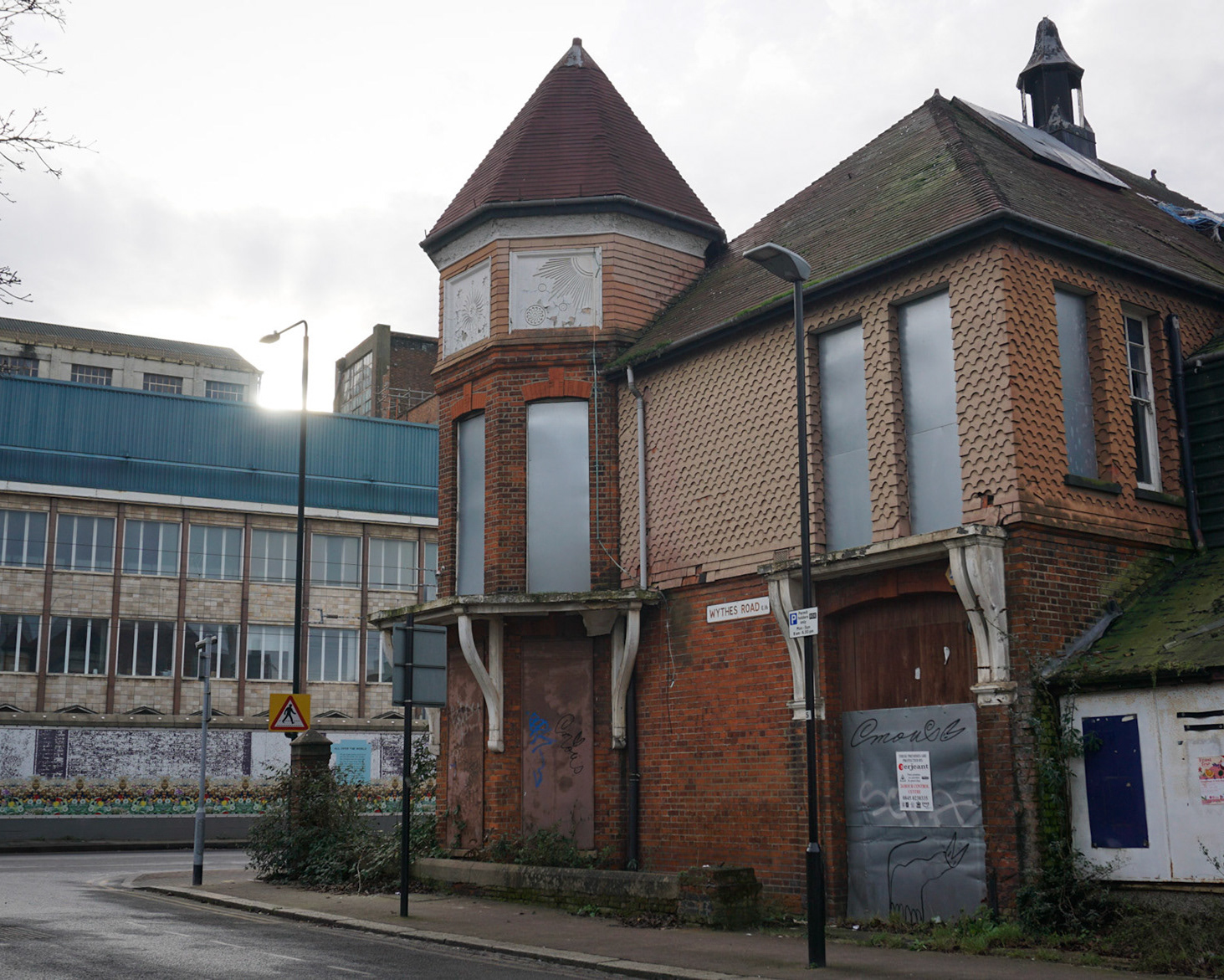On the streets of Bangkok, all sorts of inhabitations exist. Life happens not only in buildings but also on the pavements. Due to the lenient regulations and control, people are relatively free to tailor their homes and shopfronts to their needs and liking, which oftentimes also extends to the street area. That is why here you can rarely find two blocks that look exactly the same. This collage nature of the city may seem like an urban mess to some. Yet, it is the layers of life and the stories reflected in these objects, stalls and arrangements that make Bangkok unique and interesting.
The Ad Hoc




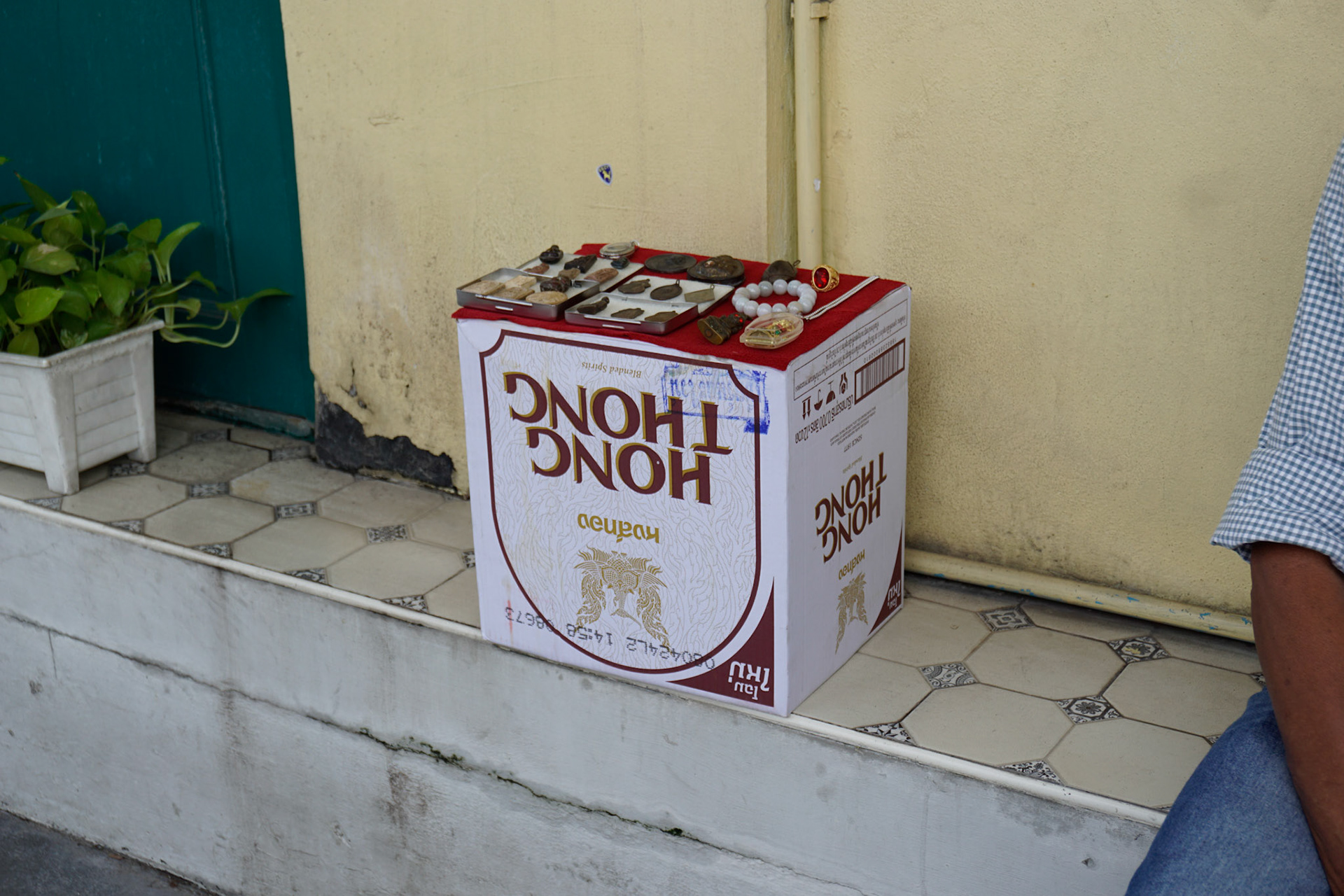
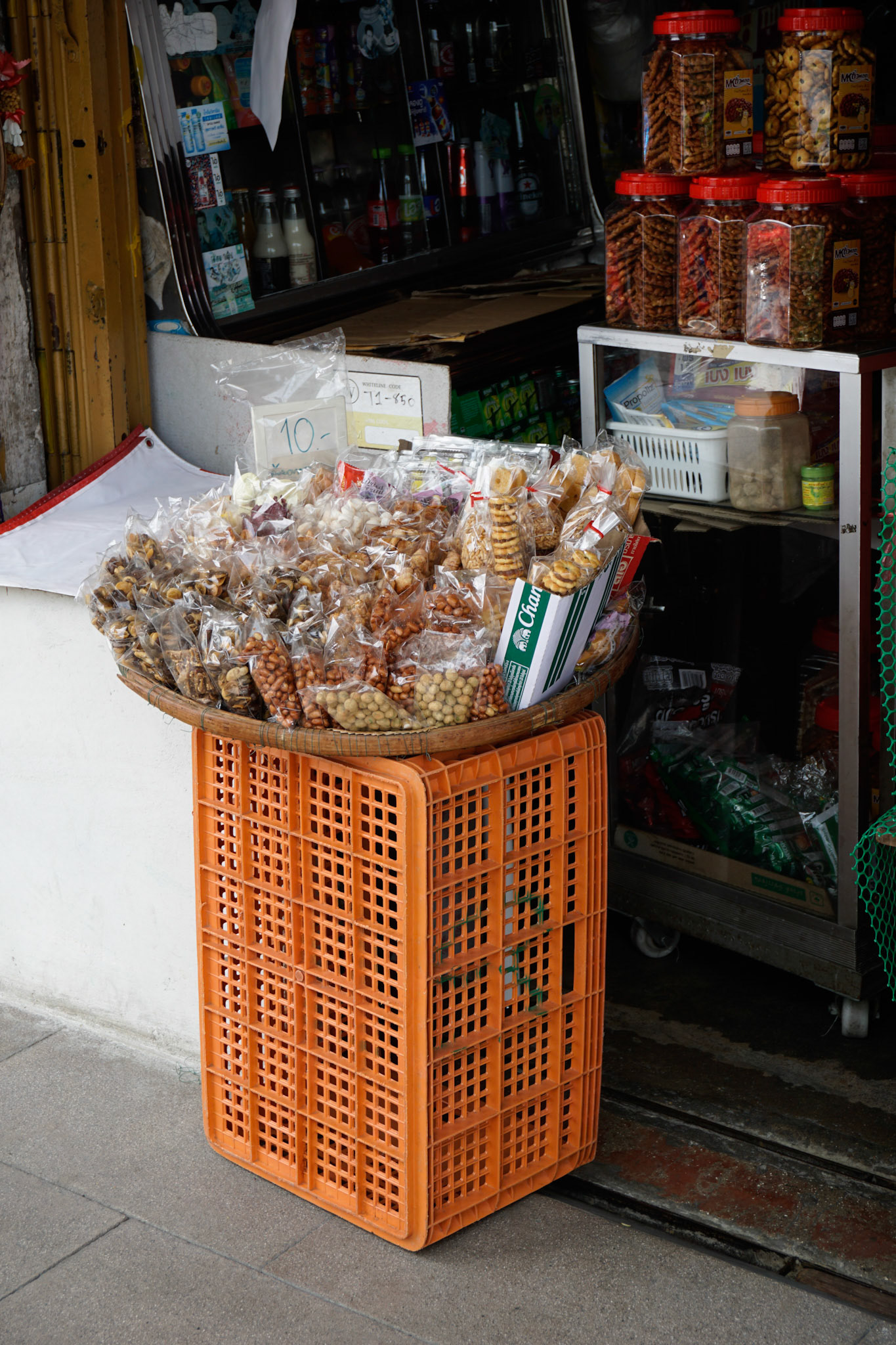

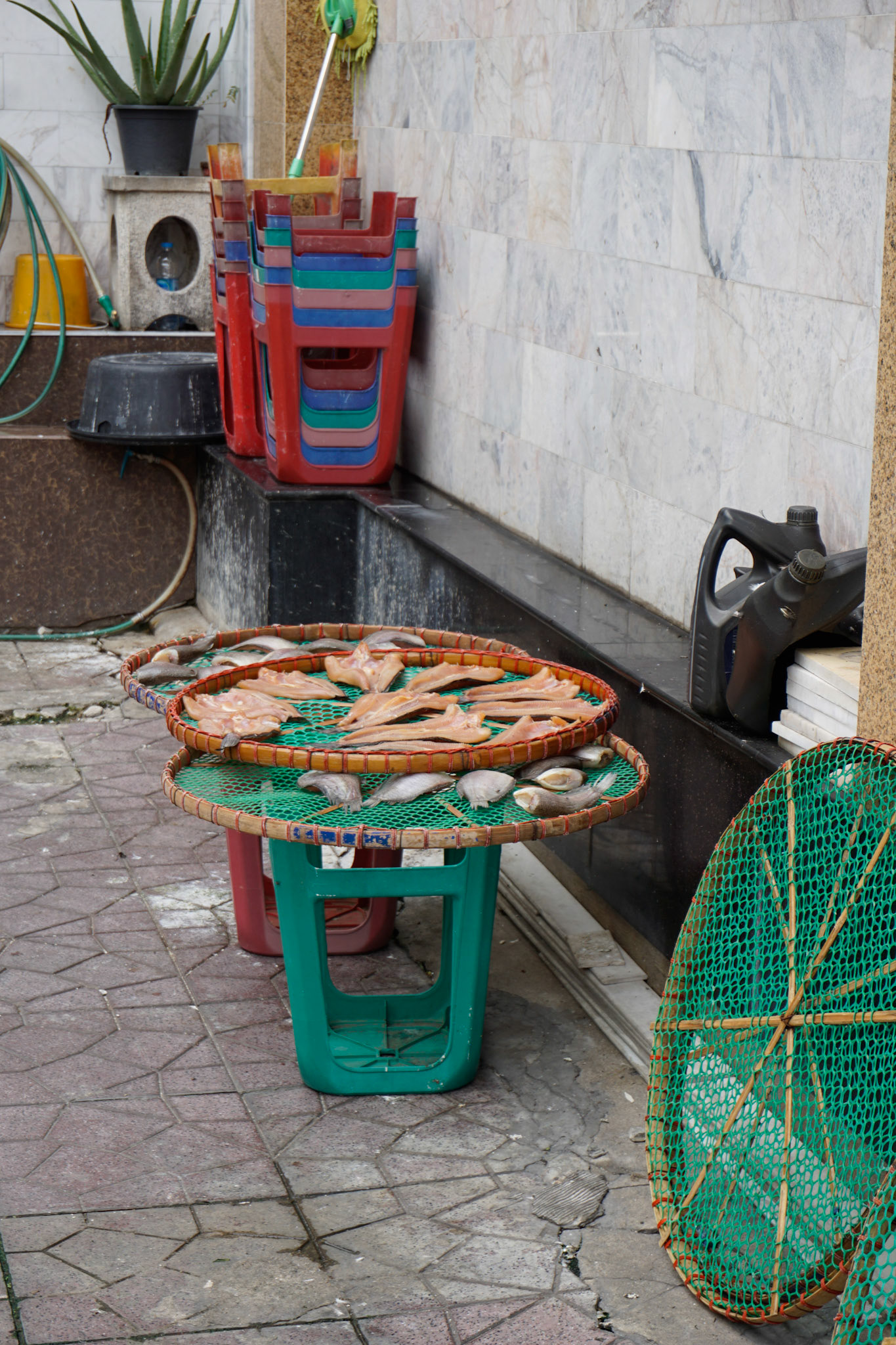




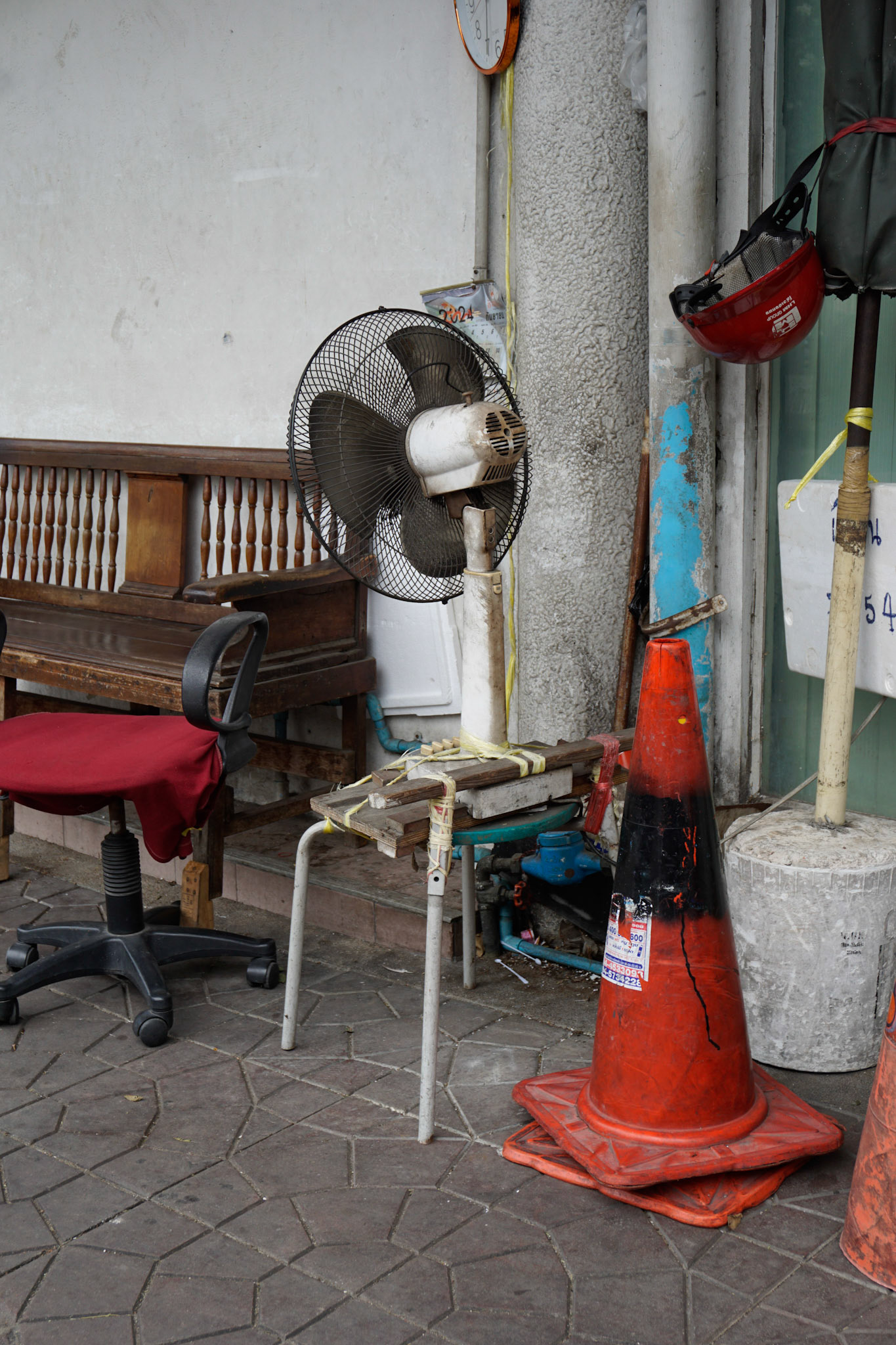


Many problems can not be foreseen at the time of designing but rather arise at the time of inhabitation. Therefore these problems are often later solved by ad hoc [literal meaning: ‘for this’] solutions – in other words, a solution designed for a particular purpose or need. For economic and convenience reasons, people usually use the materials they have readily available in adaptive and resourceful ways to solve immediate problems, from simply repurposing the cheap and easy-to-find plastic chairs for something else, to inventing new tools by modifying and putting together various everyday items. These improvisations by non-designers are so simple yet effective that they can only be thought of by the real users since it is “just what they need”. It also offers flexibility and the ease of repurposing again once new problems arise.
The Hawkers
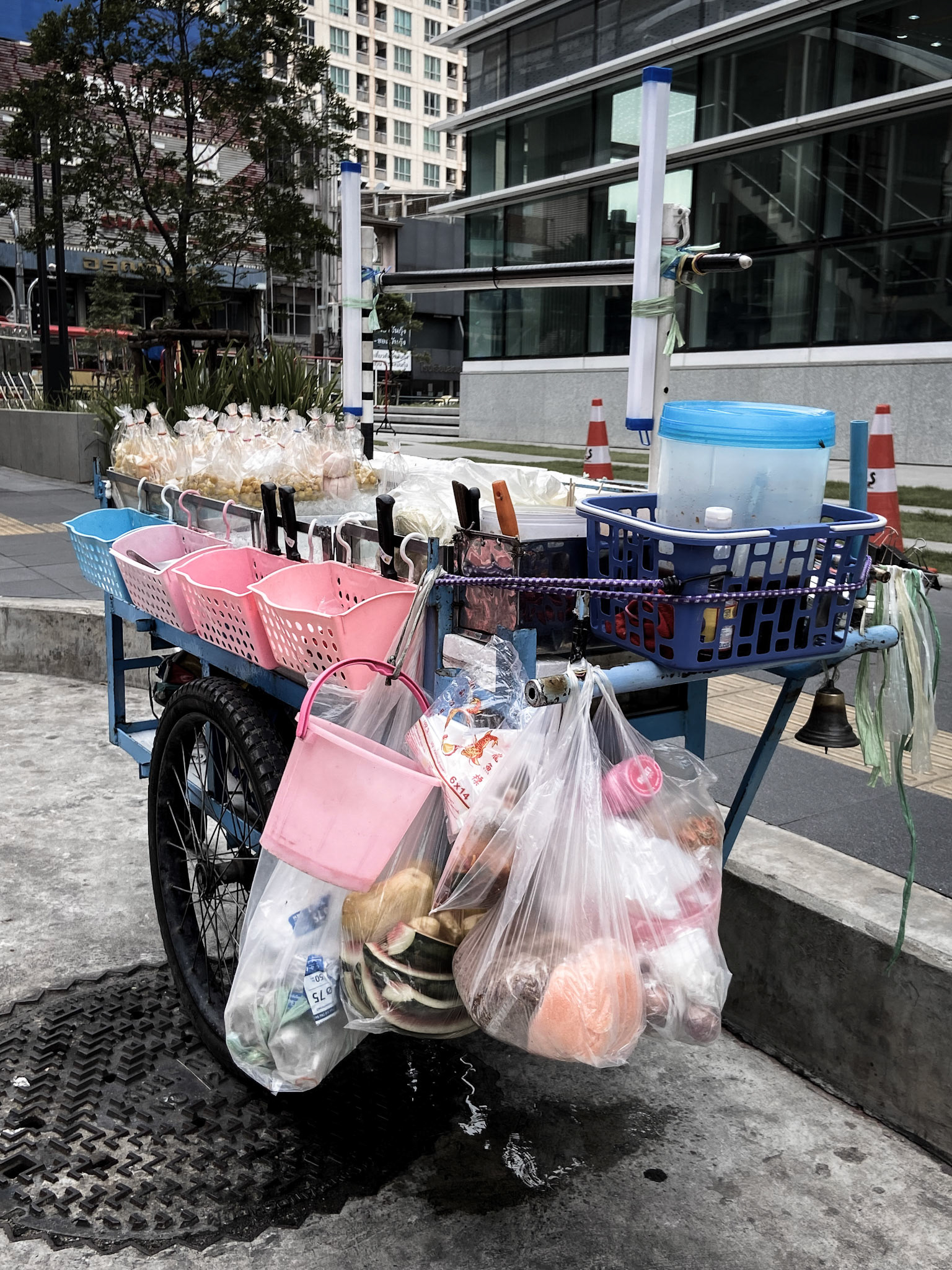


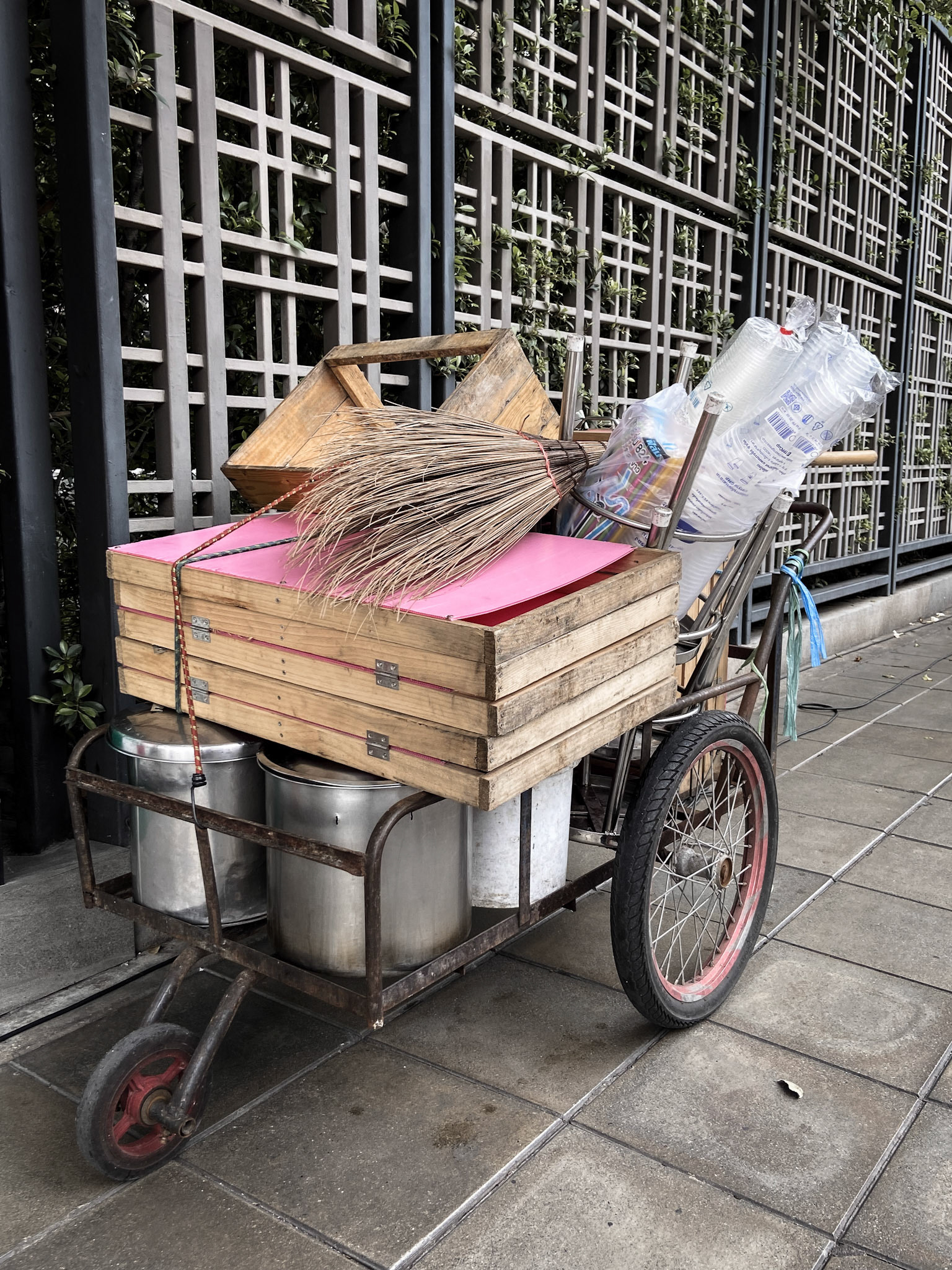

One feature that defines the streets of Bangkok is the hawker stall. Due to limited space and the need to travel around, the hawkers have developed an extreme maximisation of space both vertically and horizontally, and in-between. In a compact setting, they are able to transport all the items needed for their business and convert them into a temporary shop daily all in just a small cart.
The Redundant



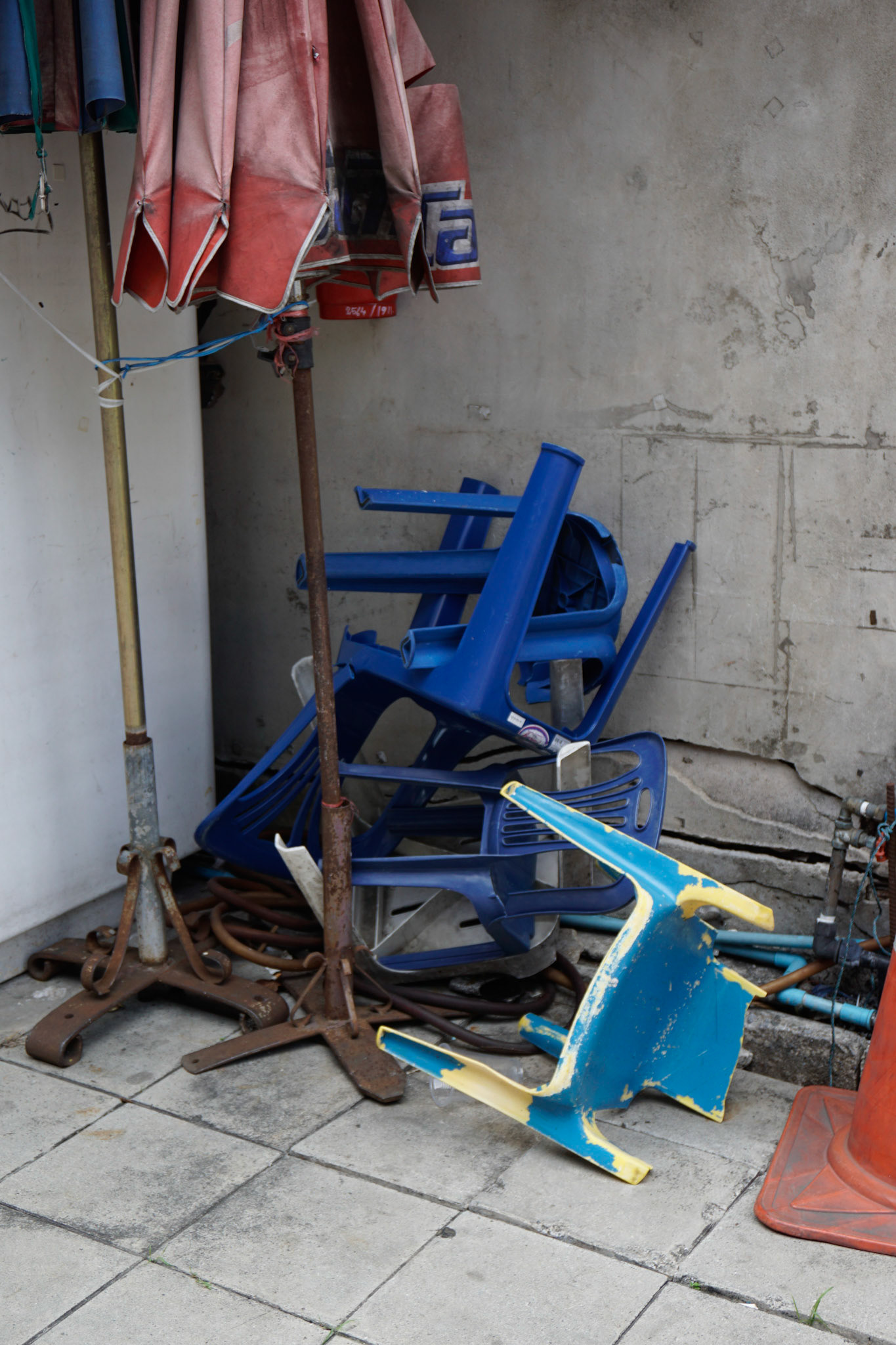

It is not uncommon to see piles of scraps on the streets of Bangkok. Many people discard materials or items that are broken or no longer useful just around the corner, not far from where they were previously used. These materials are often left out there for much longer than they should be, taking up the space that could otherwise be utilised and creating visual clutters. It can be an interesting challenge for designers as to how they could respond to this situation, whether the materials that are obsolete for certain purposes can be reused or repurposed for something else.



